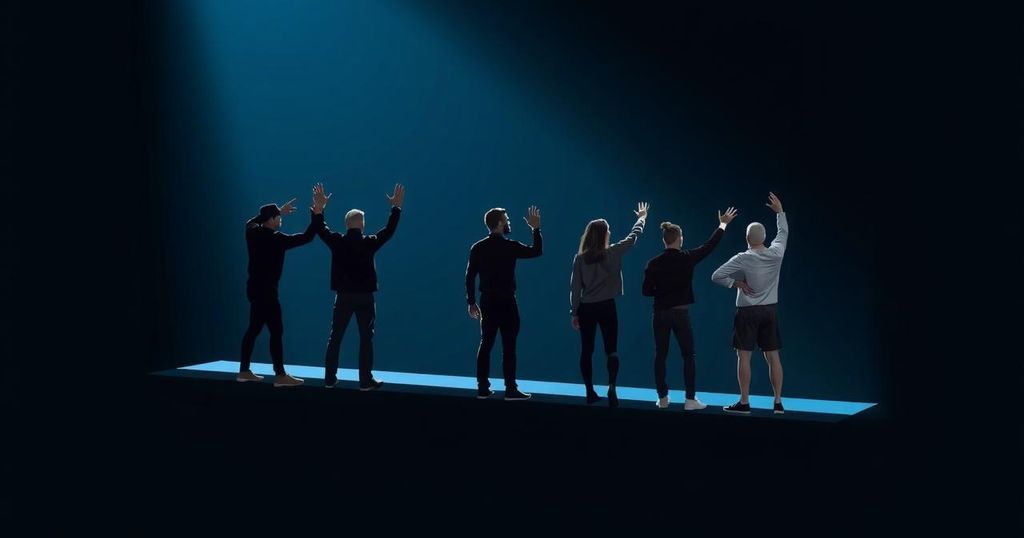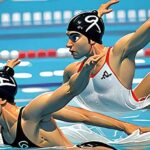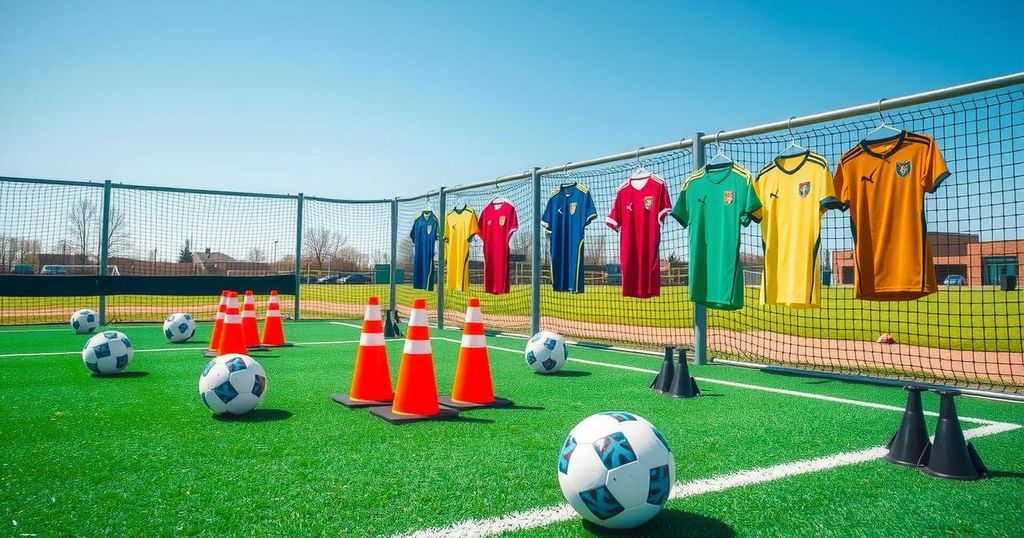The Art of Judging at the Olympics
When recalling the breaking battles witnessed at the Silverback Open in 2017, I was truly impressed by the remarkable creativity and artistry exhibited by the dancers. Faced with the challenging task of assessing and scoring such performances, I couldn’t help but contemplate the difficulty of quantifying innovation in real-time. This concern became increasingly significant with the announcement that breaking would be included in the Youth Olympic Games and potentially the Paris Olympics. The World DanceSport Federation (WDSF) was entrusted with the responsibility of developing a new judging system, recognizing that the traditional method of assigning points and voting would no longer suffice.
The innovative system, conceptualized by B-boy Niels “Storm” Robitsky, Kevin “Renegade” Gopie, and Dominik Fahr, introduced a comparative judging approach focused on the performance of each dancer in relation to their opponent. Rather than assigning numerical values, the judges evaluate individual rounds separately, addressing the issue of recency bias. This approach takes into account various techniques such as toprock and footwork, in conjunction with the more acrobatic elements, reflecting the fundamental principles of the breaking tradition. The objective of this approach is to capture the essence of breaking as an artform, rather than merely a sport, while acknowledging the subjectivity of judging. The oversight and certification of judges are implemented to minimize bias.
As the Olympic Games in Paris draw near, it is evident that breaking remains primarily a form of dance. Judges prioritize the interpretation of music and the dynamic, artistic movement of the dancers, in order to encourage viewers to appreciate breaking as an artform, rather than solely a sport. The emphasis is placed on the passionate expression and creativity of the performers, fostering a deeper connection with the audience and showcasing the essence of breaking as an art.








Post Comment